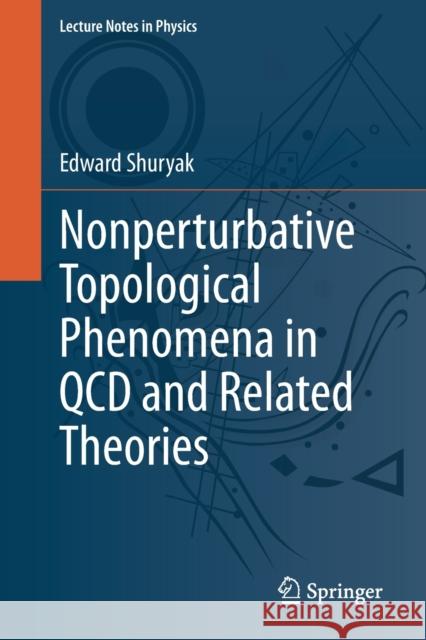Nonperturbative Topological Phenomena in QCD and Related Theories » książka
topmenu
Nonperturbative Topological Phenomena in QCD and Related Theories
ISBN-13: 9783030629892 / Angielski / Miękka / 2021 / 520 str.
Nonperturbative Topological Phenomena in QCD and Related Theories
ISBN-13: 9783030629892 / Angielski / Miękka / 2021 / 520 str.
cena 363,12 zł
(netto: 345,83 VAT: 5%)
Najniższa cena z 30 dni: 346,96 zł
(netto: 345,83 VAT: 5%)
Najniższa cena z 30 dni: 346,96 zł
Termin realizacji zamówienia:
ok. 22 dni roboczych
Bez gwarancji dostawy przed świętami
ok. 22 dni roboczych
Bez gwarancji dostawy przed świętami
Darmowa dostawa!
Kategorie BISAC:
Wydawca:
Springer
Seria wydawnicza:
Język:
Angielski
ISBN-13:
9783030629892
Rok wydania:
2021
Wydanie:
2021
Numer serii:
000050590
Ilość stron:
520
Waga:
0.75 kg
Wymiary:
23.39 x 15.6 x 2.79
Oprawa:
Miękka
Wolumenów:
01
Dodatkowe informacje:
Wydanie ilustrowane











